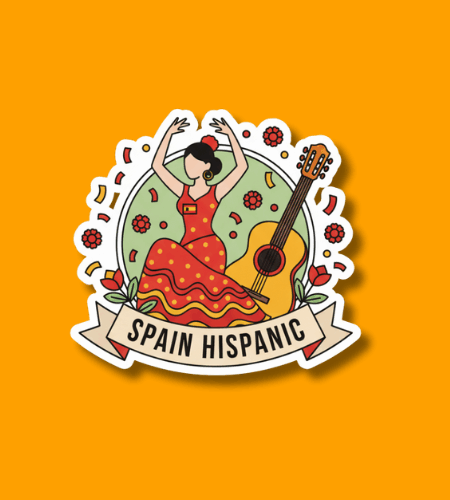Spain Hispanic Day (known in Spain as Día de la Hispanidad or the Fiesta Nacional de España) is celebrated every year on October 12, and the day commemorates Christopher Columbus’s landing in the Americas in 1492 as well as Spain’s historical and cultural ties with the Hispanic world.
Table of Contents
History of Spain Hispanic Day
The date of October 12 was chosen because it was on that day in 1492 that Columbus first made landfall in what would come to be known as the Americas, launching centuries of contact between Europe and the indigenous civilizations. Over the years, October 12 became associated with Spain’s national celebration of its overseas heritage, influence, and the Spanish language’s global presence.
In Spain’s internal history the holiday has evolved: earlier names included Día de la Raza and Día de la Hispanidad. After the Spanish Civil War, the name Día de la Hispanidad was promoted, and in 1958 it was officially adopted. Later, under Spain’s transition to democracy, the 1987 law formalized the celebration as the Fiesta Nacional de España, though Día de la Hispanidad remains a traditional and cultural name.
Why is Spain Hispanic Day important?
Spain Hispanic Day is a moment for the country to reflect on its historical role in connecting Europe with the Americas and how Spanish language and culture have spread across continents. It is a nod to shared heritage, the complexities of colonial-era encounters, and the wide Spanish‑speaking communities that exist today. The day allows a conversation about legacy—both with pride in cultural contributions and a critical awareness of consequences.
Also, the day serves as a national symbol of unity and identity. Through public ceremonies, parades, and cultural manifestations, Spain both celebrates national sovereignty and projects a sense of fraternity with Spanish‑speaking nations across the globe. It fosters links not just historically but in ongoing cultural, linguistic, and human exchanges.
Some of the meaningful aspects of this observance include:
- reinforcing Spain’s connection with the Hispanic world
- acknowledging how language and culture have crossed oceans
- affirming national unity and civic identity
- offering a chance to review history from multiple perspectives
- promoting cultural diplomacy and international ties
How to Celebrate Spain Hispanic Day
In Spain, celebrations often begin with official ceremonies: flag‑raising, civic tributes, and the central event in Madrid—a military parade attended by the monarch, government leaders, and dignitaries. Cultural institutions, museums, and local governments organize exhibitions, concerts, and educational events that highlight Spanish art, history, and its links to Latin America.
For individuals, one way is to attend local events—concerts, exhibitions, historical talks—or to explore Spain’s cultural legacy in literature, film, art, or music. You might pair that with reading about colonial history, connections across the Hispanic world, or visiting a Spanish museum or landmark if accessible. Sharing reflections or stories about Hispanic culture via social media can also help broaden awareness.
Here are a few ideas you might try:
- Attend a parade, concert, or public celebration
- Visit a museum or cultural center with Spanish or Hispanic exhibits
- Read a novel, poem, or historical work from Spain or Latin America
- Share stories or art that reflect Hispanic heritage
- Watch a film or documentary about Spain’s exploration and cultural impact
Spain Hispanic Day Dates Table
| Year | Date | Day |
|---|---|---|
| 2025 | October 12 | Sunday |
| 2026 | October 12 | Monday |
| 2027 | October 12 | Tuesday |
| 2028 | October 12 | Thursday |
| 2029 | October 12 | Friday |
Subscribe to our newsletter and never miss a holiday again!

